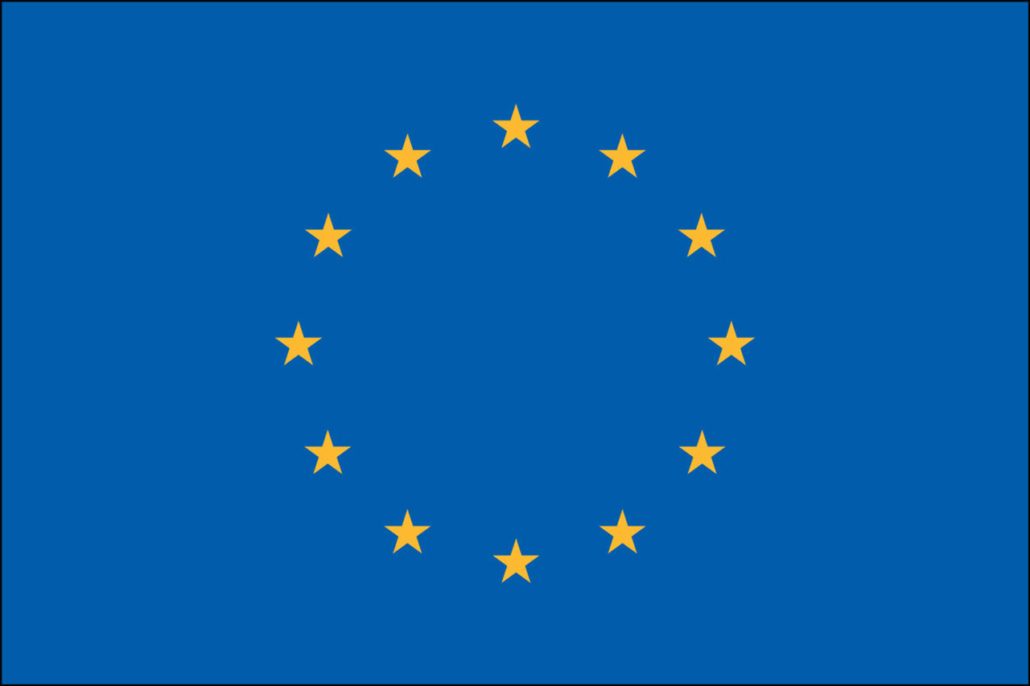This article is brought to you by SpecialChem concerning the commencement of a project on Bio-based product standards.
Recently the seven partners involved in an EU funded research program held their kick-off meeting in Paris. Led by NEN, the Netherlands Standardization Institute, the project executes pre-standardization research for bio-based products. The results automatically feed into the CEN standardization process on the same topic. The goal is to provide the European and global market with horizontal standards on biomass content and biodegradability that have been assessed on a first set of different products, such as solvents, plastics and lubricants.
Following Mandates by the European Commission, the European Standardization Committee initiated a Technical Committee on “Bio-based products”, CEN/TC 411. The project KBBPPS (Knowledge Based Bio-based Products’ Pre-Standardization) is requested under the FP7 EU research program to execute pre- and co-normative research for this committee. By participating in this committee and by exchanging with for instance ASTM, KBBPPS will allow the European stakeholders to progress with well-defined, globally aligned and sound test methods correlated to actual field behavior and applicability in the lab.
The KBBPPS project covers research and demonstration on bio-based carbon content determination, biomass content methods not solely dependent on 14C-analysis and biodegradability and eco-toxicity test schemes. Next, identification and resolution of functionality related bottlenecks with the view to developing, harmonizing and validating test methodologies will be undertaken. The possibilities for improving sample preparation, fractionation and thermal treatments will be studied in order to cover bio-based carbon and other bio-based elements’ determination. Next, practical solutions for stakeholders, lab and field tests on biodegradation or biologically derived elements will be investigated. The goal in the end is that the results can be directly implemented into European standards.
For more details and the full article please refer to the link above.

